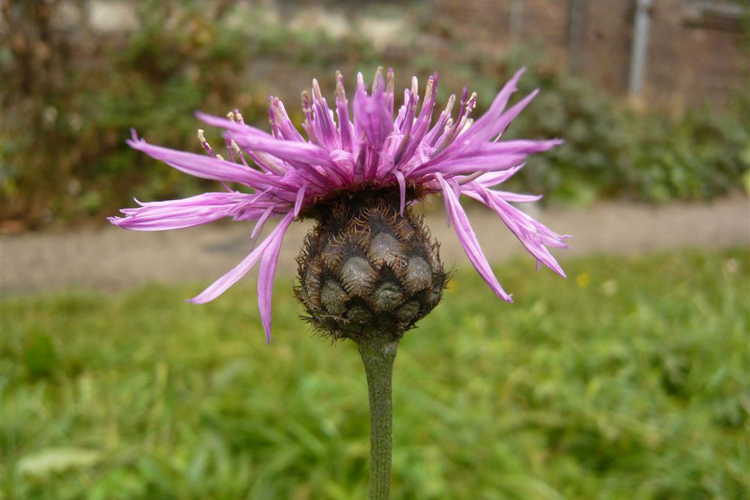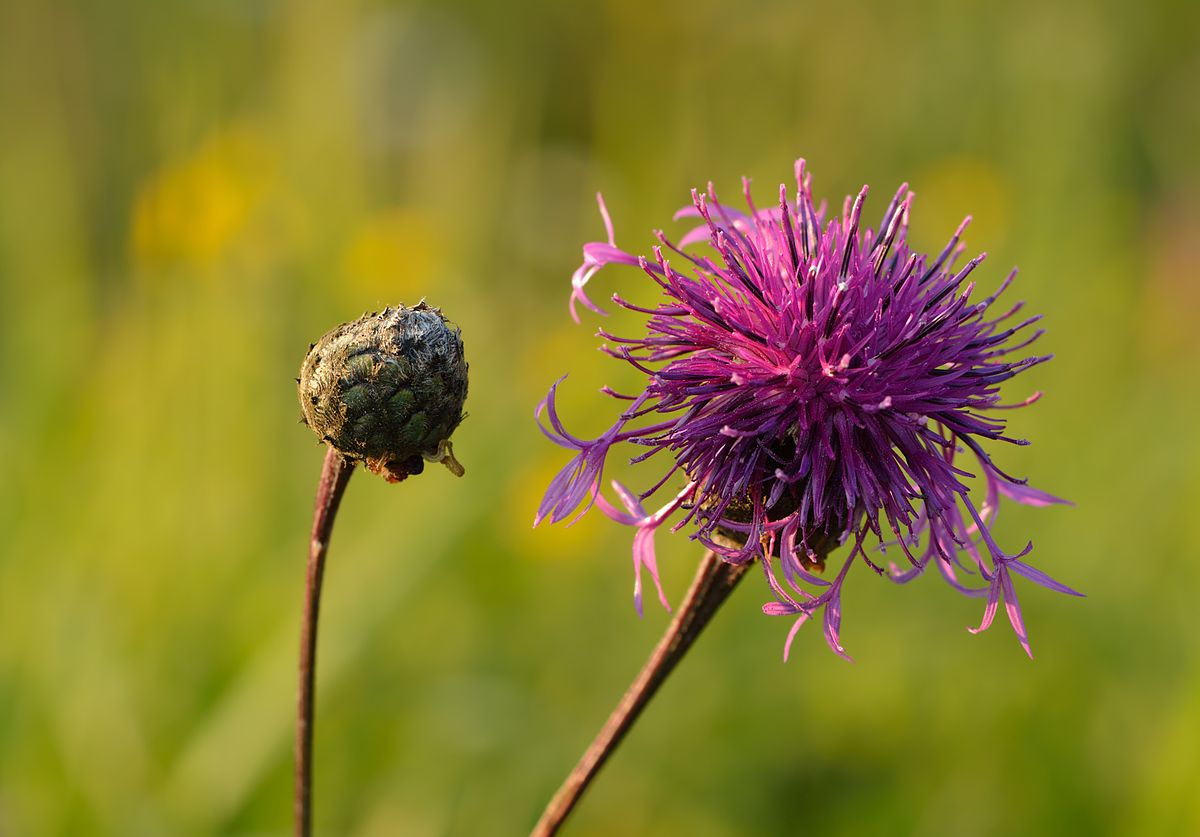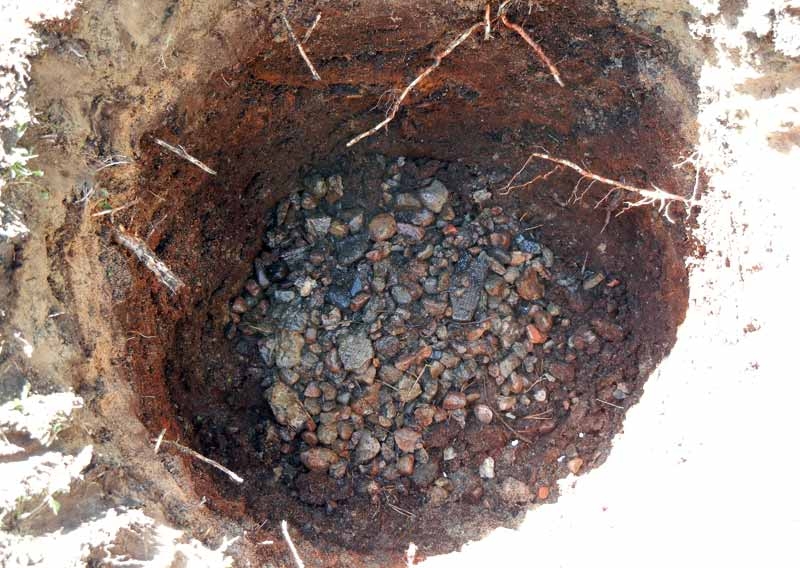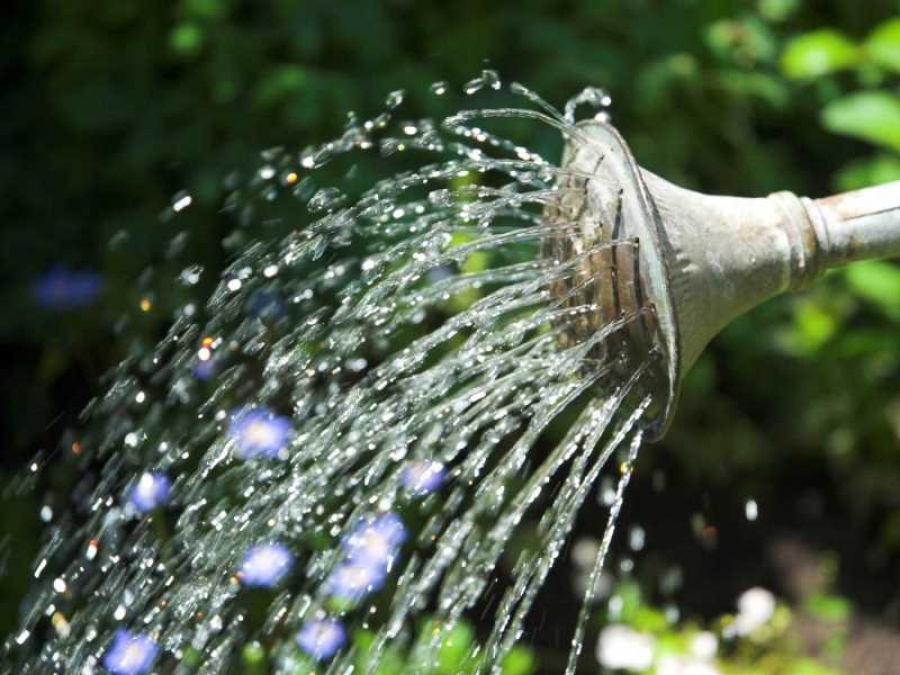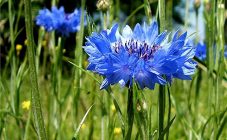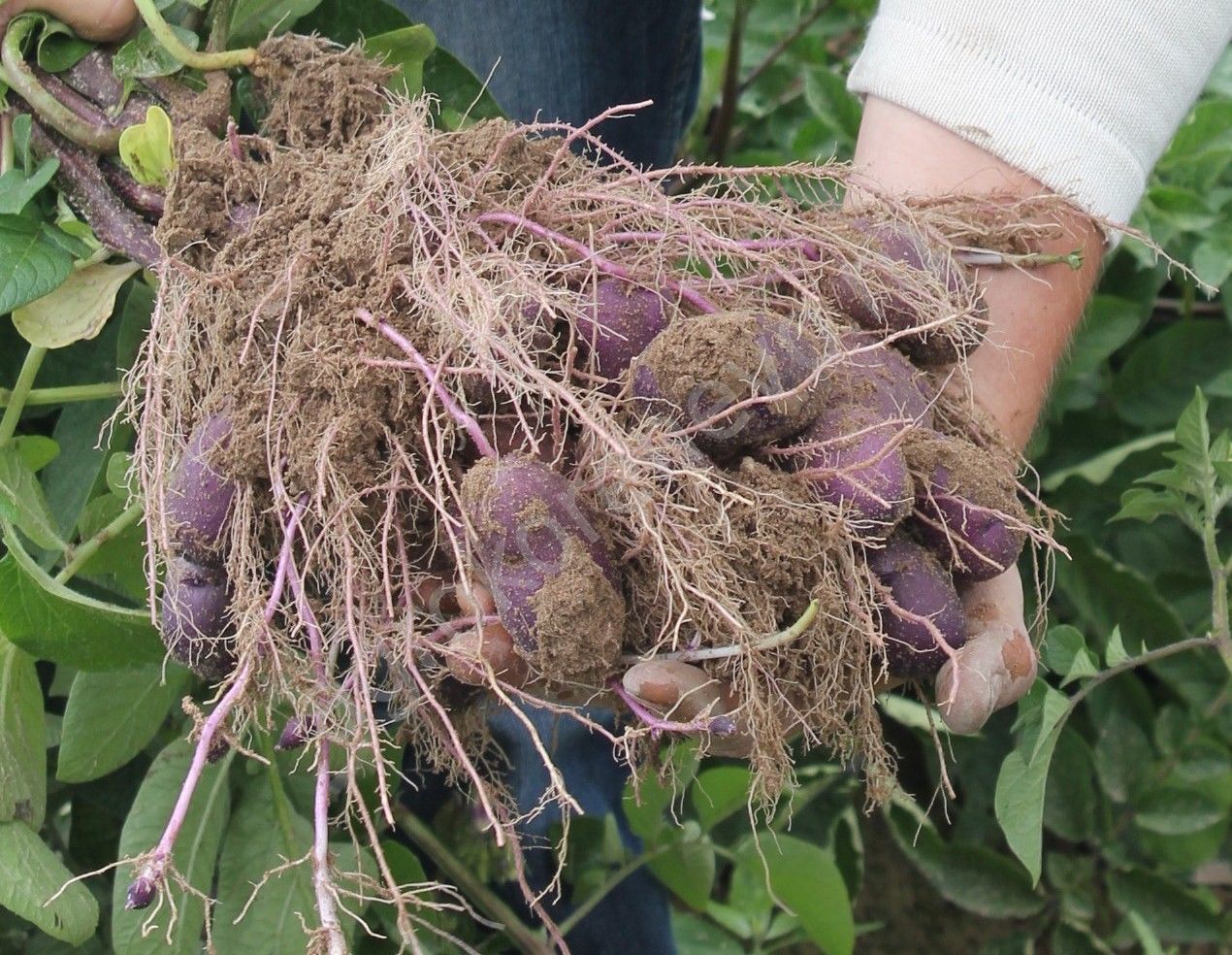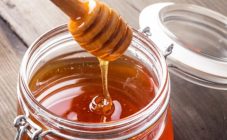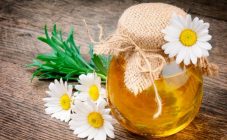Content:
Rough cornflowers are plants common in nature. They have significant decorative potential that is rarely seen in natural conditions. This crop is recommended for cultivation in gardens or flower beds.
Short description
Cornflower rough (Centaurea scabiosa in Latin) is a species of plant from the genus Cornflower, belonging to the Asteraceae family. The plant is also known by these names:
- pinnate cornflower;
- cornflower rough;
- cornflower steppe;
- scabiosa cornflower;
- bitter bump.
In nature, this culture is widespread throughout Eurasia. Plants are especially common in the UK and Northern Ireland.
In Russia, large natural stands of rough cornflower are located in the European part and in Siberia. As an invasive crop, plants grow in the southern regions of the Far East. Most often, plants are found in clearings, forest edges, on the sides of roads and highways. In forest-steppe territories, culture is found on steppe and dry meadows, in sparse forest plantations, close to shrubs, on fallow lands. In these places, bees often take the main honey bribe from this crop. Cornflower is found as a weed in the fields planted with grain crops and in vegetable gardens.
Cornflower rough is represented in nature mainly by meadow perennial herbaceous plants with a ribbed stem, ascending or erect. Its height varies from 40 to 120 cm. In the upper part, the stem begins to branch. The foliage is oblong and notched, with incisions dividing it into lanceolate-linear lobes. The color of the leaves is deep green. The upper leaves are sessile, while the lower leaves are attached to the stem with elongated petioles.
Flower baskets are large in size, located one by one. The basket wrappers are egg-shaped. Their edges are filmy and fringed, painted in a brownish color. The inflorescence baskets taste very bitter, and the whole plant is strong and tough.
The flowers are most often characterized by purple-purple or pink color. The flowers located in the middle of the inflorescences are much smaller than those located at the edges. The flowers on the outer layer are usually lighter purple in color and do not form honey or achenes. In the middle, there are darker flowers, characterized by an ovoid shape. It is on them that honey is formed. Flowering begins in June and usually lasts until September. The fruit of the plant is an achene 3-5 mm long. The crest is painted white with a slight grayish tint. Ripening of seeds in the European territory of Russia falls on the period from July to October.
The plant is an excellent honey plant.The sugar content in the rough nectar generated by cornflowers reaches 45-50%. Each individual head is capable of producing up to 30 mg of sugar per day. During the flowering phase, one plant is able to form sugar in the amount of 2.9 g (or 3.6 g of honey). From one hectare of rough cornflower with the most thickened planting scheme, you can get 224 kg of sugar or 280 kg of honey. The finished product has a rich amber color with a slight greenish tint. During the cornflower blooming period, the control bee hive makes a profit of up to 5 kg, and the whole family as a whole collects up to 40-50 kg of honey during the blooming period.
Cornflower rough is characterized by medicinal properties. Flowers, leaves and stems of a plant have the following effects:
- choleretic;
- wound healing;
- diuretic;
- anti-inflammatory.
- The plant is used in the following cases:
- hepatitis;
- itching;
- dropsy;
- delayed menstruation;
- damage to the body by parasites, etc.
Varieties
In nature, the following subspecies of rough cornflower are most common:
- Centaurea scabiosa subsp. adpressa (Ledeb.) Gugler;
- Centaurea scabiosa subsp. alpestris (Hegetschw.) Nyman;
- Centaurea scabiosa subsp. apiculata (Ledeb.) Mikheev;
- Centaurea scabiosa subsp. badensis (Tratt.) Gugler;
- Centaurea scabiosa subsp. cephalariifolia (Willk.) Greuter;
- Centaurea scabiosa subsp. fritschii (Hayek) Hayek;
- Centaurea scabiosa subsp. grinensis (Reut.) Nyman;
- Centaurea scabiosa subsp. integra Greuter;
- Centaurea scabiosa subsp. menteyerica (Chaix) Nyman;
- Centaurea scabiosa subsp. sadleriana (Janka) Asch. & Graebn .;
- Centaurea scabiosa subsp. spinulosa (Spreng.) Arcang .;
- Centaurea scabiosa subsp. tematinensis (Domin) Domin.
The most common variety is Centaurea scabiosa subsp. cephalariifolia (Willk.) Greuter. The plant is a perennial with a powerful rhizome, thick and strong stems, erect and striped, about 30-90 cm high. The leaves are divided into large or small linear segments, lanceolate or oblong, covered with a tuft of uneven hair. The lower leaves are petiolate, while the upper leaves are sessile.
Purple flowers are located singly at the tops of oblong stems. They are up to 5 cm wide and each is surrounded by 8 or more rows of ciliary bracts with edges edged in black. The fruits form one seed each, gray, with a tuft of short, coarse hair. Flowering takes place throughout the summer.
Cultivation technology
Seat selection
Cornflower rough prefers open area, saturated with the sun for cultivation. The best soil option is light loam. In view of this, lime is added to the acidified soil in the fall, and sand or sawdust is also added for looseness. Plants do not tolerate too close groundwater, which is why they need a drainage system.
Planting
Seeds are sown in open ground in late April - early May, when it warms up well enough. It is necessary to maintain a distance of at least 30 cm between the plants. The soil must first be dug up and loosened. If everything was done correctly, after two weeks, mass germination of seedlings above the ground will begin. If they grow too thick, it is allowed to thin them out a little.
Like all perennials from this family, the rough cornflower can be planted before winter, after the soil has slightly frozen. The seeds overwinter well and immediately after the onset of the warm period start to grow.
Plant care
Rough cornflowers do not require abundant watering. They need moderate irrigation only in dry times. At the beginning of growth, once every two weeks, the soil is loosened, at the same time removing weeds. It is recommended to carry out both of these procedures together with watering whenever possible.
Once every 15 days, cornflowers need feeding with nitroammophos and other complex preparations. For each square meter of plantings, about 25 grams of top dressing is applied, trying not to exceed the dosage.
Pruning is necessary from time to time. Depending on the circumstances, pruning is practiced both directly under the inflorescences and at a level of 10 cm from the ground. Simultaneously with pruning, all diseased, dried, injured parts of the plant are removed.
Reproduction
The plant is able to reproduce both naturally by seed and by dividing the bush. For this purpose, the mother plant is dug out of the ground, the adhering dirt is cleaned from the roots and divided into several parts, each of which must have at least three vegetative buds. The formed particles are immediately planted in a new location.
The seeds obtained from the plant must be planted within three years. After the specified period of time, their sowing qualities are significantly reduced.
Diseases and pests
Cornflowers are rough, relatively resistant to diseases and almost not affected by pests. In some cases, the plant is affected by fusarium, which manifests itself in the form of dark marks on the surface of the bushes. In order to get rid of them, Fundazol is used and the damaged specimens are powdered with powdery mildew.
The cultivation of rough cornflower is not difficult. With a properly organized cultivation technology, you can get high-quality decorative plantings.
